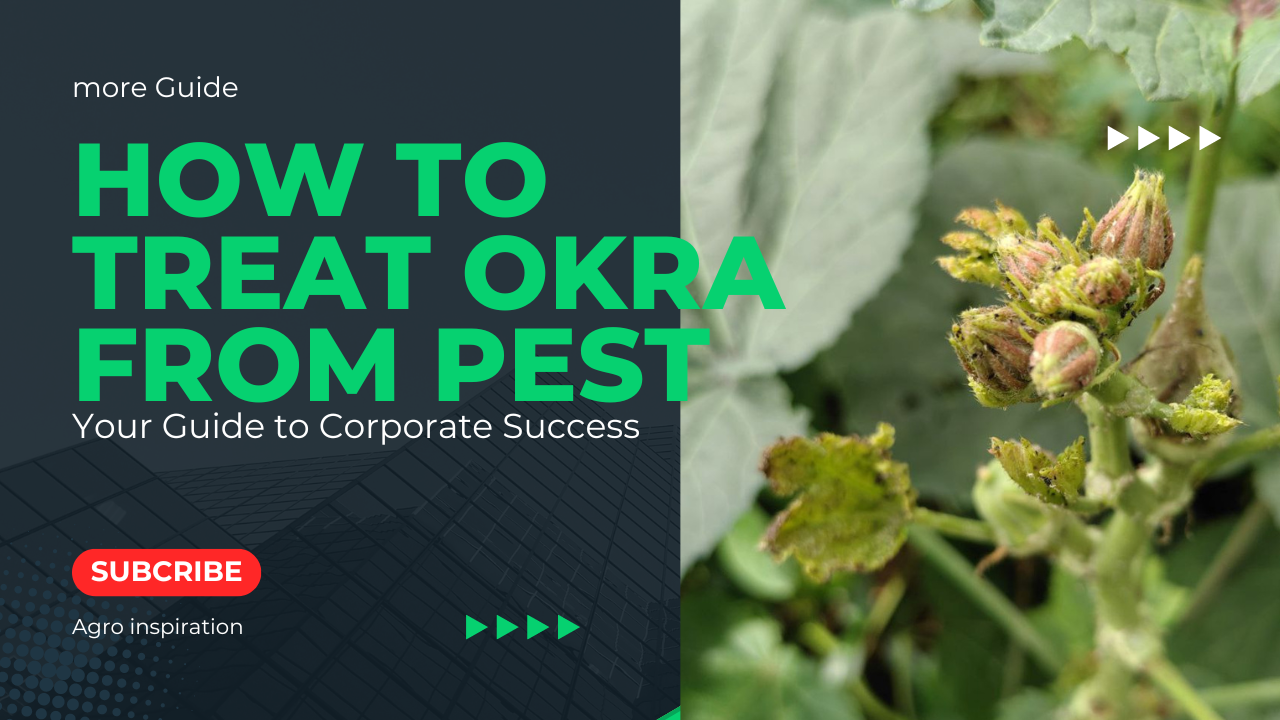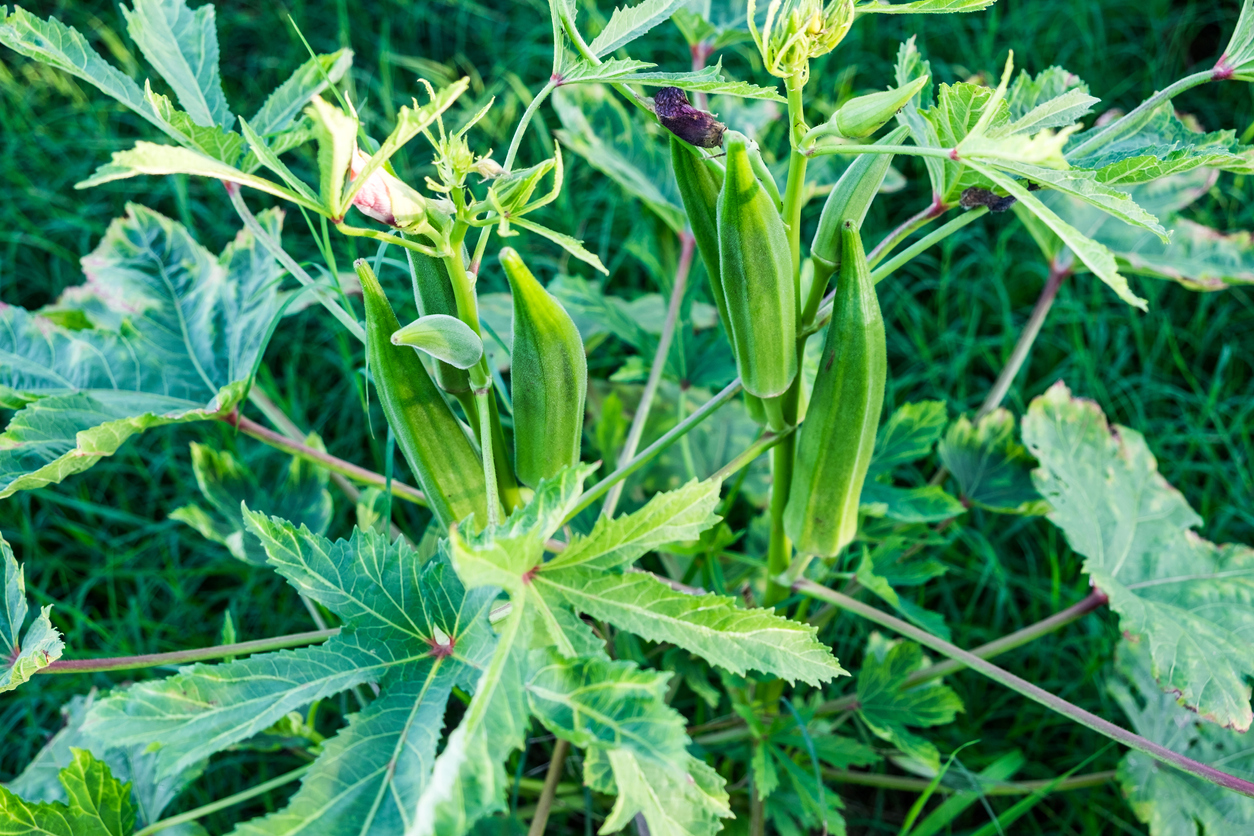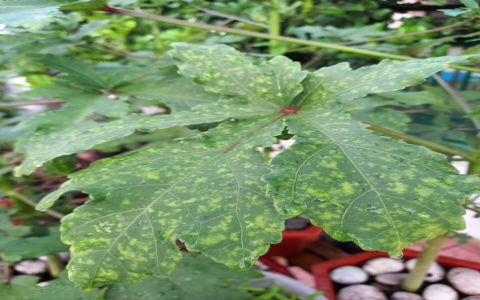Alright, folks, let’s talk about growing okra. I decided to give it a shot in my backyard garden this year, and boy, did I learn a thing or two about the pests and diseases that can mess with your crop. It wasn’t all smooth sailing, but that’s gardening, right?
Getting Started
First, I prepped my soil. I made sure it was well-draining and mixed in some good compost. I live somewhere with pretty warm summers,which I have learned Okra loves. I planted the seeds directly into the ground after the last frost, about an inch deep and a foot apart. Everything seemed fine, the little seedlings popped up, and I was feeling pretty good about my okra-growing skills.

The First Sign of Trouble: Aphids
Then, bam! Aphids. These tiny little green bugs were all over the young leaves, sucking the life out of them. The leaves started to look curled and yellow. I tried hosing them off with a strong stream of water first, which is it is said can sometimes do the trick. That knocked some of them off, but they kept coming back.
I gave in and used some insecticidal soap I picked up from the local garden store. I made sure to spray it in the evening, so I wouldn’t accidentally harm any bees or other beneficial insects. It took a few applications, but the aphid problem cleared up.
More Critters: Flea Beetles
Next up were flea beetles. These little guys are tiny and black, and they jump like fleas when you disturb them. They chew little holes in the leaves, making them look like they’ve been shot with a tiny shotgun. Not a good look, and it definitely stresses the plants out.
For these, I tried a couple of things. First, I sprinkled some diatomaceous earth around the base of the plants. It’s a powder made from fossilized algae, and it’s supposed to be sharp and dehydrating to insects. I also put up some yellow sticky traps, which they say these beetles are attracted to. Both of these seemed to help, but I don’t think they completely eliminated the problem.
Dealing with Disease: Fusarium Wilt
The biggest challenge I faced, though, was Fusarium wilt. This is a nasty fungal disease that lives in the soil. My okra plants started to wilt, even though they had plenty of water. The leaves turned yellow, starting at the bottom of the plant and moving upwards. Eventually, the whole plant just died.
I learned that once you have Fusarium wilt in your soil, it’s tough to get rid of. There’s not much you can do for infected plants, unfortunately.
I pulled up the sick plants and threw them away (not in my compost!).

Lessons Learned
So, what did I learn from my okra adventure?
- Keep a close eye on your plants. Check them regularly for any signs of pests or diseases.
- Try the least toxic methods first. A strong blast of water or some simple traps can sometimes solve the problem.
- Be prepared to use something stronger if needed. Insecticidal soap and diatomaceous earth are good options.
- If you get a serious disease like Fusarium wilt, prevention is key. Rotate your crops, make sure your soil is healthy, and consider using disease-resistant varieties.
Even with the challenges, I still managed to get a decent harvest of okra. It’s a tasty vegetable, and I’ll definitely try growing it again next year. I’ll just be a little more prepared for the battles ahead!




















